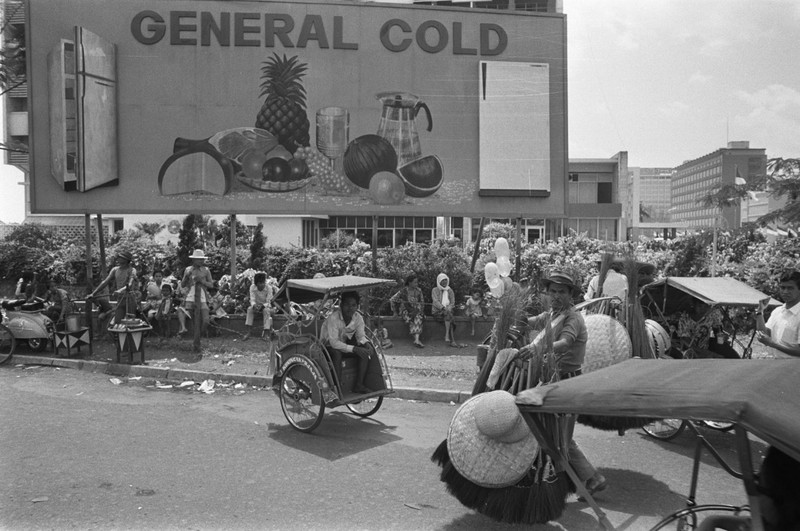
Becak/rickshaw as a mode of transportation once dominated major cities in Asia, including Jakarta. This human-based mode of transportation emerged when there were not as many motorized vehicles as it is now.
Becak was an easy and inexpensive option that anyone can afford. It was therefore not surprising that the number of becak soared in various major cities.
Becak was first spotted in Jakarta in 1936. Since then the numbers have continued to increase and dominate the city. The peak of the becak's heyday was in 1971 when the total number of becak in Jakarta reached 123,000.
However, the existence of becak was considered incompatible with the progress of the era, it was considered slum, inhuman, and tarnished the beauty of the city. Because of this, its existence was prohibited in many cities, including Jakarta. Jakarta Governor Ali Sadikin was the first governor to prohibit the existence of becak in his area.
These photos are the appearance of becak in Jakarta in 1971, during Ali Sadikin's reign.



Photo: Joost Evers/ANEFO
Comments